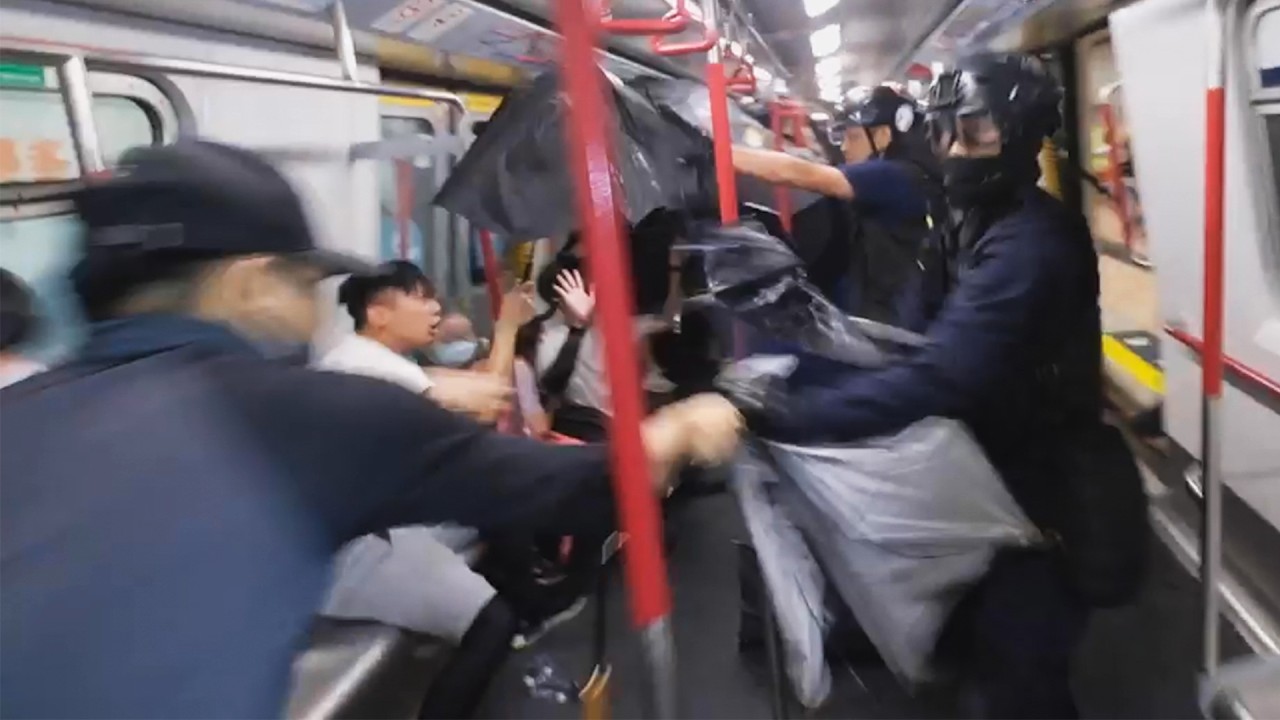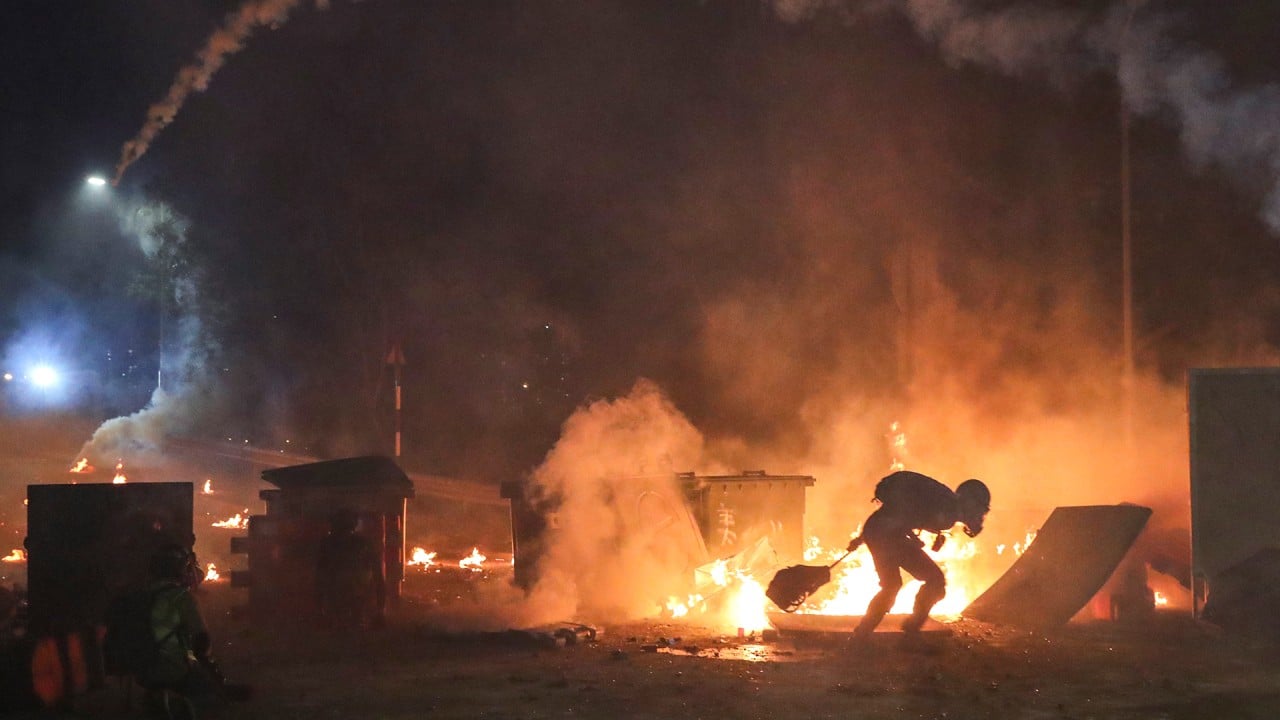
In polarised Hong Kong, the media should have a common enemy in bias
- Atlantic article that paints a picture of newsroom tension at the Post over its coverage of the Hong Kong protests – quoting anonymous sources for the juicier parts – fails the test of journalistic objectivity and rigour
At the South China Morning Post, we are used to sometimes becoming the subject of news.
As the primary source of first-hand information on Greater China for millions of readers, such interest is understandable – ever more so in today’s fast-changing global political landscape.
Often we shrug off this outside attention: when reports are erroneous and one-sided, we believe in letting our content speak for itself.
To many readers, the Atlantic story seems to be thorough and authoritative. It takes on a weighty subject and shapes it into a forceful and dramatic narrative. The article quoted about a dozen people, including nine anonymous former and current company staff. This only gives the piece a facade of professionalism.
Yet, to make a fair assessment, the Post’s coverage should be read in its totality. It runs stories on the police, but also exclusive interviews, long reads and profiles of protesters. It aims to be the fly on the wall relaying whispered discussions in the corridors of power, but also the lens through which readers can come to understand the point of view of the protesters. It criticises police officers’ excessive use of force and government failures, but also radical protesters’ acts of violence and vandalism.
Few media outlets have covered this complex and rapidly unfolding story with such rigour and integrity. This diversity of views is not limited to the Post’s reporting – the paper is also a platform for opinion pieces from across the political spectrum.
Covering a complex and fast-changing story requires teamwork. Reporters are stationed across the field to capture different vantage points and information, each limited by what he or she has witnessed or gathered. Duty editors need to merge these multiple perspectives into one consistent and comprehensive account. It is no surprise that a reporter may find the final copy to be vastly different from what was filed. This in itself is not evidence of prejudiced editing.

03:07
Chaos on Hong Kong’s rail network as police chase protesters into station, beat people on train, arrest over 60
In contrast, all the careful editing by The Atlantic could not hide the fact that much of its reporting in the piece was based on hearsay and insinuation. It paints a picture of a newsroom at war, with reporters on one side and senior editors on the other.
The piece claims to take no position but simply reflects ongoing tensions in the newsroom. Of the more than 350 journalists at the Post, the article mentioned nine former and current staff – all anonymous – and used their voices to represent the overall sentiment in the newsroom. The fact that all those who have left the paper chose to go unnamed when unleashing attacks on their former colleagues speaks volumes.
The article implies that because of draconian management, there has been an exodus of talent from our newsroom. In reality, our staff turnover rate has been well below the market average.
The most malicious part of the report is its character assassination of some of our colleagues. It explicitly names Yonden Lhatoo, without providing any evidence for its allegations. I feel most obliged, however, to stand up for our security reporter, who has been nothing short of professional when covering her beat. Even though she was not named in the article, she was shockingly accused of “possibly leaking information to the force”, again without the slightest evidence. The Atlantic tried to protect itself by adding in brackets, “it was unclear if this ever occurred”. Isn’t it a responsible journalist’s job to check and verify the information it gathers to separate news from gossip?
This brings me to the third reason for my response. What concerns me the most about the Atlantic article is its attempt to condense a complex, unfolding development that has been tearing Hong Kong apart for more than a year into a simplistic war between good and evil. A newsroom mirrors society at large. When the city was plagued by unprecedented civil strife, it was only natural that such sentiments also surfaced in the newsroom. Indeed, only those media who wholeheartedly embrace radicalisation are free from such conflict.

07:11
Rebel City: SCMP journalists reflect on a year of covering Hong Kong’s civil unrest
The hardest position for a media outlet to take is to occupy the middle ground. Externally, the Post faces incessant attacks from the two extremes. Internally, it needs to channel its cultural diversity into a source of strength, not discord. Perhaps few newsrooms are as diverse as the Post’s – six nationalities are represented among the eight top editors.
The Post has also built transparency into its daily work routine. Its morning editorial meeting is conducted in an open office space. Any colleague who wants to sit in for the discussions and make suggestions is welcomed.
In this fragmented and politically charged environment, cool-headed neutrality and objectivity have never been more important, and a platform where different ideas can meet and lead to a meaningful conversation never more valuable. By upholding this position, the Post expects the scathing attacks from both sides to continue. And despite its best efforts, there are bound to be a few employees who disagree with its direction. This is not a sign of a newsroom in turmoil but proof of its vigour and conviction. In the end, the fate of the Post is in the hands of its readers.
Chow Chung-yan is the Post’s executive editor

